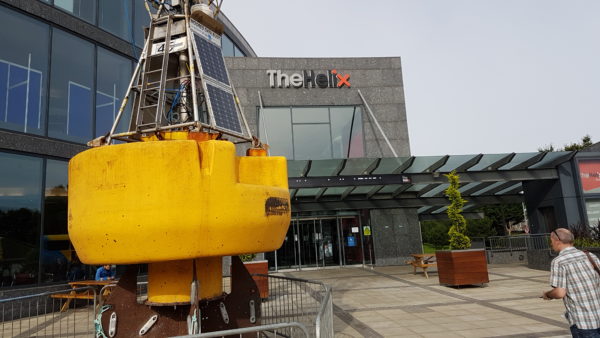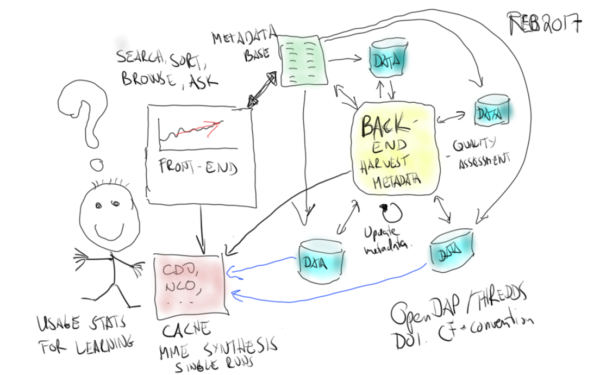The 2017 annual assembly of the European Meteorological Society (EMS) had a new set-up with a plenary keynote each morning. I though some of these keynotes were very interesting. There was a talk by Florence Rabier from the European Centre for Medium-range Weather Forecasts (ECMWF), who presented the story of ensemble forecasting. Keith Seitter, the executive director of the American Meteorological Society (AMS), talked about the engagement with the society on the Wednesday.

[Read more…] about Impressions from the European Meteorological Society’s annual meeting in Dublin
 This is joy as in ‘Joy Division’, not as in actual fun.
This is joy as in ‘Joy Division’, not as in actual fun. 